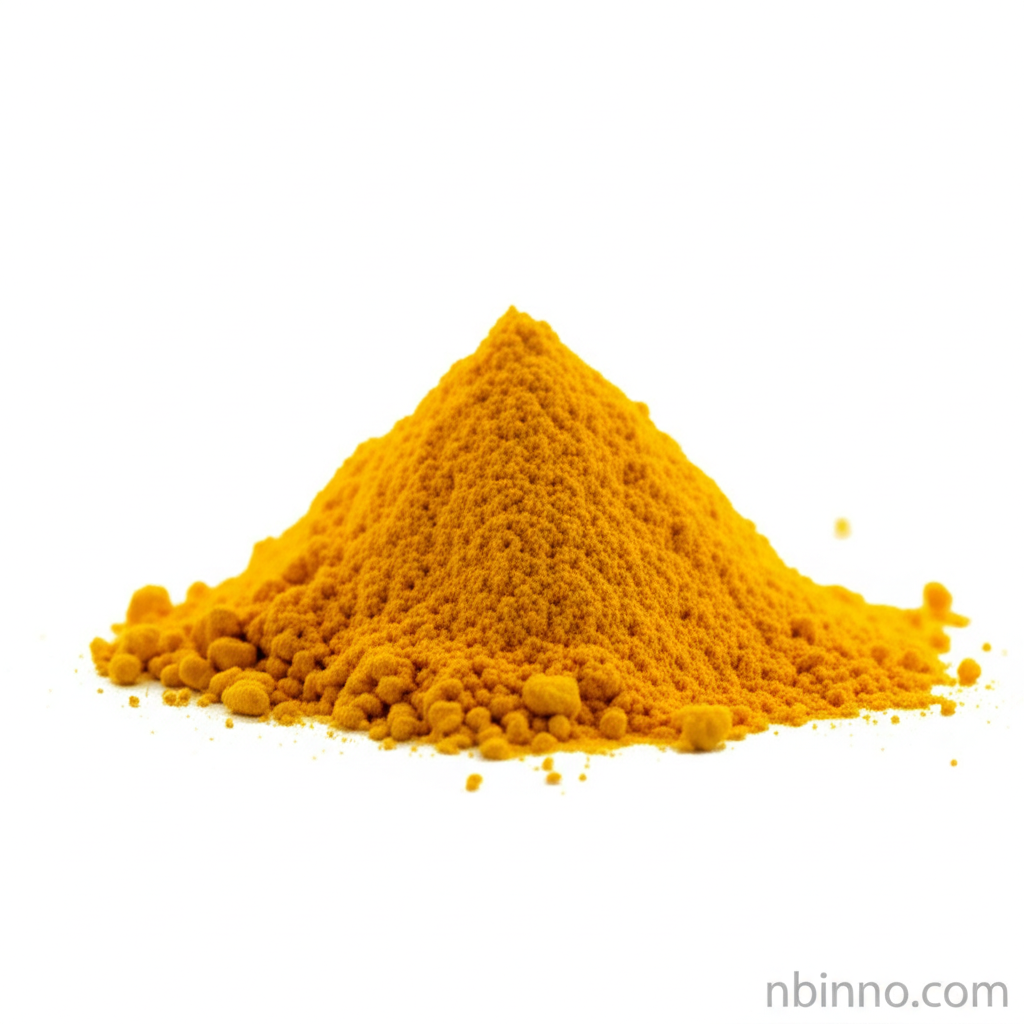Amphotericin B: A Comprehensive Guide to its Antifungal Properties and Medical Applications
Discover the power of Amphotericin B in combating severe fungal infections and its role in modern medicine.
Get a Quote & SampleProduct Core Value

Amphotericin B
Amphotericin B is a critical antifungal medication recognized for its broad-spectrum efficacy against a range of invasive fungal infections, including mucormycosis, aspergillosis, candidiasis, and cryptococcosis. It also plays a role in treating protozoan infections like leishmaniasis.
- Exploring the mechanism of action of antifungal drugs, Amphotericin B targets the fungal cell membrane, disrupting its integrity and leading to cell death.
- Understanding fungal infection treatment options, Amphotericin B remains a gold standard, particularly for severe or life-threatening conditions, due to its potent fungicidal activity and low incidence of pathogen resistance.
- The development of improved lipid formulations of Amphotericin B, such as liposomal and lipid complex variants, has significantly addressed the drug's inherent toxicity, particularly nephrotoxicity, enhancing patient tolerability.
- Navigating Amphotericin B drug interactions is crucial; it can potentiate the toxicity of certain drugs while its own side effect profile necessitates careful patient monitoring.
Key Advantages
Broad Spectrum Efficacy
Amphotericin B provides a wide spectrum of activity against various fungal pathogens, making it a versatile agent in the fight against invasive mycoses.
Low Resistance Rates
A significant advantage in its treatment for invasive fungal diseases is the rarity of fungal resistance development, ensuring its continued effectiveness over decades.
Formulation Innovation
The evolution to lipid-based formulations offers improved safety profiles, mitigating severe side effects and broadening the applicability of Amphotericin B in clinical settings.
Key Applications
Treatment of Systemic Fungal Infections
Used to combat serious fungal infections that affect internal organs, Amphotericin B is a cornerstone in managing conditions like invasive candidiasis and aspergillosis.
Management of Leishmaniasis
Beyond fungal infections, Amphotericin B is also a vital component in the therapeutic arsenal against protozoan diseases such as visceral leishmaniasis.
Empirical Therapy in Immunocompromised Patients
For patients with weakened immune systems, such as those undergoing chemotherapy or organ transplantation, Amphotericin B is often used empirically to prevent or treat suspected fungal infections.
Treatment of Specific Protozoan Infections
Amphotericin B is utilized for life-threatening protozoan infections, highlighting its broad antimicrobial capabilities.
